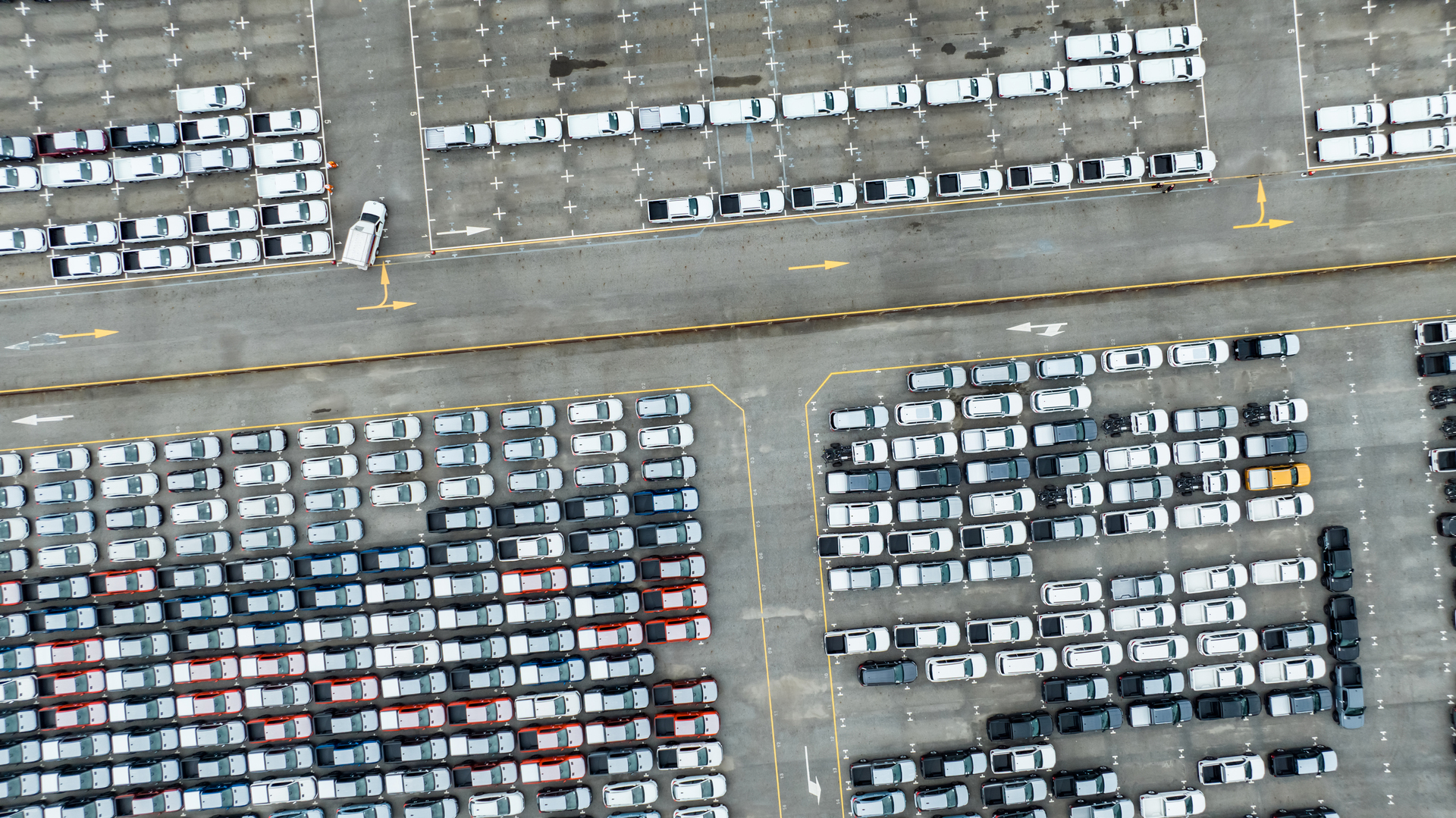
In a surprise move, the U.S. Trade Representative (USTR) announced a threefold increase in port fees for all foreign-built vessels calling at U.S. ports starting October 14, 2025. The new rate—$46 per net ton, up from $14—has sent shockwaves through the vehicle carrier and roll-on/roll-off (ro/ro) shipping community, igniting concerns over higher logistics costs, reduced capacity, and weakened U.S. export competitiveness.
Industry stakeholders say the measure, intended to “correct underpricing” of service fees, will instead hurt U.S. automakers and heavy equipment producers who depend on foreign-built ships to move vehicles and machinery globally.
“USTR drops the bomb at the last minute, not realizing how badly this will hurt U.S. exporters,”
— Andrew Abbott, CEO of Atlantic Container Line (Grimaldi Group)
For global operators such as Wallenius Wilhelmsen and Höegh Autoliners, the revised fees translate into staggering new costs:
Each ro/ro or vehicle carrier making its first call at a U.S. port now faces bills nearing $1.2 million per visit, capped at five calls per vessel annually.
Operators have warned these costs will inevitably be passed on to customers, intensifying downstream price pressures across supply chains.
According to the World Shipping Council (WSC),U.S. manufacturers could see significant knock-on effects.
“These fees will harm U.S. automobile and tractor manufacturers who rely on vehicle carriers for both imports and $20billion in exports,”
— Joe Kramek, President & CEO,WSC
Smaller U.S.-based ro/ro operators are even more vulnerable. Accordia Shipping, which runs short-sea services from Florida to the Caribbean, warned the new policy could collapse U.S. short-sea trade altogether. Under the new tariff, its3,829-net-ton vessel Minchah would owe $176,134 per call, rendering operations “economically untenable.”
Such impacts would directly hit U.S. manufacturing exports, maritime jobs, and regional supply chain resilience.
The National Foreign Trade Council criticized the blanket inclusion of all non-U.S.-built car carriers, noting it misses the original Section 301 investigation’s objective—countering China’s maritime dominance.
“Imposing broad-based penalties on all operators, including U.S. allies, does nothing to constrain China’s dominance and harms U.S. industries,”
— Tiffany Smith, VP for Global Trade Policy, NFTC
Even Norwegian carriers and shipowners’ associations are voicing unease, signaling a growing diplomatic and commercial rift between Washington and allied maritime nations.
This decision follows months of tariff escalations and port fee retaliation between the U.S. and China. With both sides now imposing mirror levies on each other’s fleets, logistics costs across transpacific and Atlantic routes are expected to climb, straining already tight capacity in the ro/ro and vehicle logistics markets.
As carriers reassess port rotations, vessel allocations, and service frequencies, shippers must prepare for:
At Worldtop & Meta, we continue to support exporters with flexible routing, verified carrier partnerships, and real-time visibility tools—helping businesses stay agile in an evolving global trade environment.
The USTR justified the hike by stating that the original rate of $14 per net ton was “too low.” However, industry feedback suggested that such a steep increase was excessive and misaligned with the Section 301 investigation’s goal of addressing Chinese shipbuilding dominance.
Foreign-built vehicle carriers and ro/ro operators, including those from U.S. allies like Norway and Japan, will bear the brunt. U.S. exporters—especially automotive and machinery manufacturers—will face higher logistics costs and reduced shipping options.
The new fees could make U.S. exports less competitive, particularly in price-sensitive markets. Short-sea shipping between the U.S. and the Caribbean is at risk of collapse, reducing connectivity for American-made goods.
The USTR capped the fee at five port calls per vessel per year, but there are no exemptions based on ownership or flag, meaning even allied carriers are included.